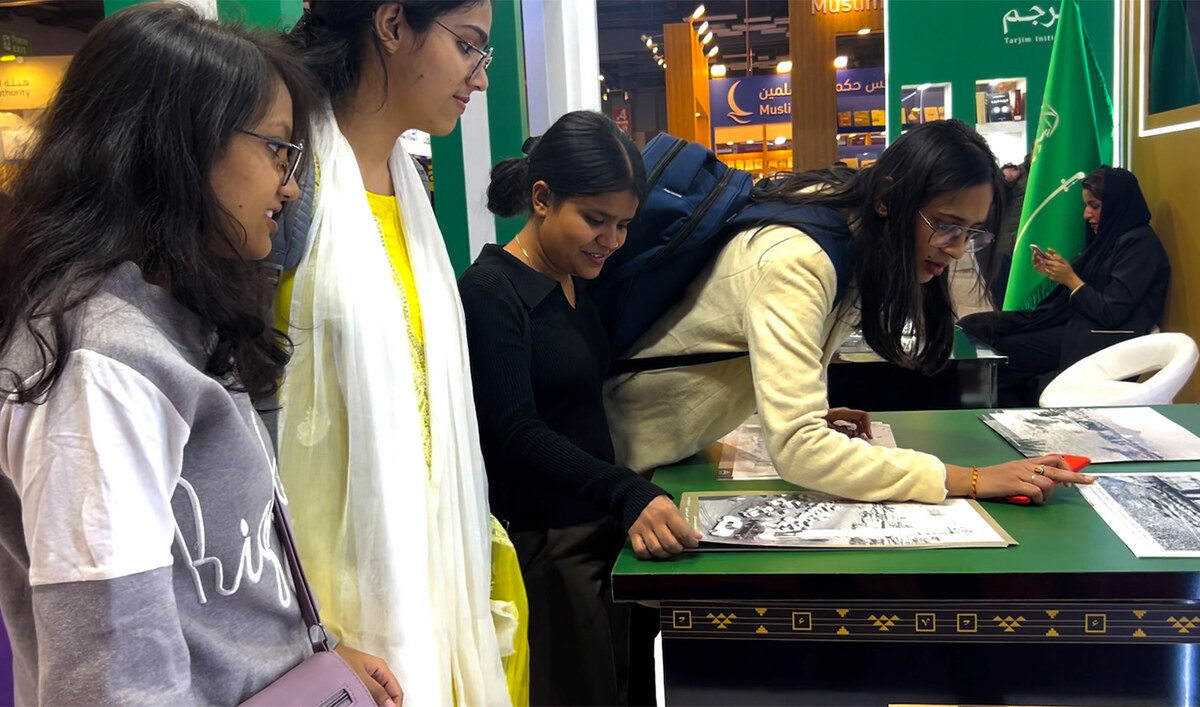LONDON: Labeling protesters on pro-Palestinian marches in the UK extremists is divisive, “outrageous” and dangerous, a government adviser has warned.
Demonstrations against Israel’s military campaign in Gaza have drawn hundreds of thousands of people to the streets of London and other major cities in the UK since Oct. 7 last year.
They have drawn criticism from senior Conservative politicians, including former Home Secretary Suella Braverman, who called them “hate marches.”
However, Dame Sara Khan, who is conducting a review into British social coherence and the resilience of democracy, told The Guardian that politicians need to be wary of using divisive rhetoric.
“I think it’s really important that we don’t conflate those protesters, somehow saying or portraying them as somehow as being all extremists,” Khan said.
“What I’ve been really uncomfortable with over the last couple of weeks is the kind of argument that they’re all Islamist extremists on these demonstrations. I think that’s actually outrageous.
“Some are not even pro-Palestinian people, just anti-war. There are clearly Jewish people there, there’s a whole range of people there, and to try to frame these demonstrations as Islamist extremism is completely far-fetched and untrue.”
Last week, Prime Minister Rishi Sunak claimed that pro-Palestine protests had “descended into intimidation, threats, and planned acts of violence.”
This week, the government’s commissioner for counter-extremism, Robin Simcox, wrote in the Daily Telegraph: “We will not have become an authoritarian state if London is no longer permitted to be turned into a no-go zone for Jews every weekend.”
However, the government’s independent terrorist legislation reviewer, Jonathan Hall KC, warned: “When you’re thinking about something as important as the right to protest, there doesn’t seem to be a solid enough basis for curtailing that because I think we can all think of causes very personal to us that we would want to protest an awful lot and that will make some people very, very unhappy indeed.”
The government is expected to announce a new definition of extremism next week, which will inform what organizations it is allowed to work with.
Calling pro-Palestine protesters extremists is ‘outrageous’: UK govt adviser
https://arab.news/52829
Calling pro-Palestine protesters extremists is ‘outrageous’: UK govt adviser

- Dame Sara Khan: ‘To try to frame these demonstrations as Islamist extremism is completely far-fetched and untrue’
- Intervention follows criticism of protests by senior Conservative politicians, including PM























